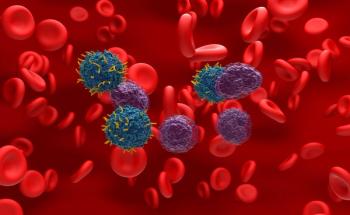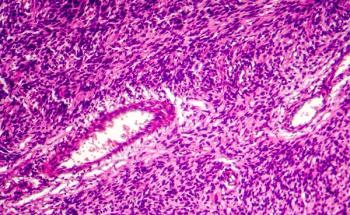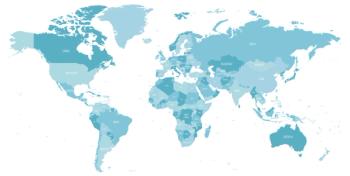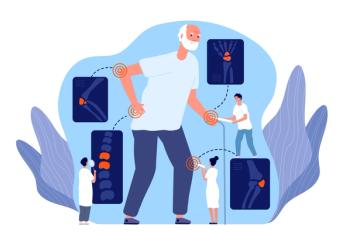
Cancer Treatments, Orphan Drugs, Gene Therapies Represent Big Areas to Watch in Specialty Drug Pipeline
During her presentation at the Academy of Managed Care Pharmacy Nexus 2021 meeting, Aimee Tharaldson, PhD, highlighted the most anticipated specialty pharmacy drugs awaiting FDA approval, including several treatments for cancer and rare diseases.
During her presentation at the Academy of Managed Care Pharmacy Nexus 2021
Tharaldson identified the specialty medications that are likely to receive FDA approval or new indications in the next 12 months and reported the likely effect that new specialty medications on that managed care market.
Currently, 31 specialty drugs have been approved in 2021, with 8 more expected to be approved by the end of the year, which is setting the stage to potentially rival the 39 approvals that were given in 2020.
Biosimilars
A big topic of discussion was the potential for
Tharaldson mentioned 13 biosimilars that are pending approval, including some referencing Humira, Avastin (bevacizumab), Neupogen (filgrastim), Novolog (insulin aspart), Neulasta (pegfilgrastim), and Lucentis (ranibizumab).
Oncology
Tharaldson talked about how approximately 17 million Americans have a history of
Tharaldson mentioned 6 cancer drugs that are expected to be approved during the first quarter of 2022, including new medications to treat neuroendocrine tumors, uveal melanoma, chronic myeloid
Orphan Drugs
As of October 2021, 9 of the drugs approved during the year were indicated for orphan conditions. Among all of the drugs that are in the current specialty drug pipeline, 47% are indicated for orphan conditions, compared with 31% for oncology and 22% for other conditions.
Gene Therapies
Gene therapies involve the modification of a person’s genes to treat or cure a disease. Tharaldson said that there are about 400 gene and cell therapies in the pipeline and the market expected to generate $25 billion per year by 2034.
There are currently 9 gene therapies that have been approved between 2010 and 2021, and 9 more are expected to receive approval by 2022, including Janssen’s ciltacabtagene autoleucel, which is anticipated to receive approval as early as November 29, 2021.
Inflammatory
The
Atopic Dermatitis
Tharaldson explained that the atopic dermatitis pipeline through 2023 has 7 drugs pending approval, 4 of which will be administered orally and the other 3 will be administered subcutaneously.
Multiple Sclerosis
Through 2025, the
HIV
Tharaldson said that 95% adherence is needed to maintain viral suppression of
Out of the 5 products awaiting approval, all are for injectable formulations, with the exception of islatravir by Merck, which is delivered orally and is expected to be approved in 2022.
Nonalcoholic steatohepatitis (NASH)
NASH is estimated to impact between 6 and 19 million Americans, according to Tharaldson, and treatment options are limited. The treatment space is expected to grow substantially in the coming years, with 13 products awaiting approval between 2023 and 2024. Eventually, the NASH therapeutic market is expected to generate $20 billion per year as the treatment space grows.
Alzheimer Disease
The Alzheimer disease pipeline currently has 5 drugs awaiting approval, with 3 anti-amyloid beta antibodies expected to be approved in 2022 or 2023 and 2 anti-tau antibodies expected to be approved in 2024, stated Tharaldson. Alzheimer disease is estimated to affect 6.2 million Americans.
Although Aduhelm (aducanumab-avwa) was approved in June 2021, the approval has drawn a large amount of controversy as data has shown the possibility that the drug does not work as well as previously disclosed.
Hemophilia
Tharaldson highlighted 9 drugs that are expected to receive FDA approval between 2022 and 2023, 5 of which are indicated for just hemophilia A, 2 are indicated for just hemophilia B, and 2 are indicated for hemophilia types A and B. Both of the drugs indicated for hemophilia A and B are delivered through subcutaneous injection; whereas, the others are all for intravenous infusion. Hemophilia A is the most common type of hemophilia, estimated to account for about 80% of
Newsletter
Stay ahead of policy, cost, and value—subscribe to AJMC for expert insights at the intersection of clinical care and health economics.














































